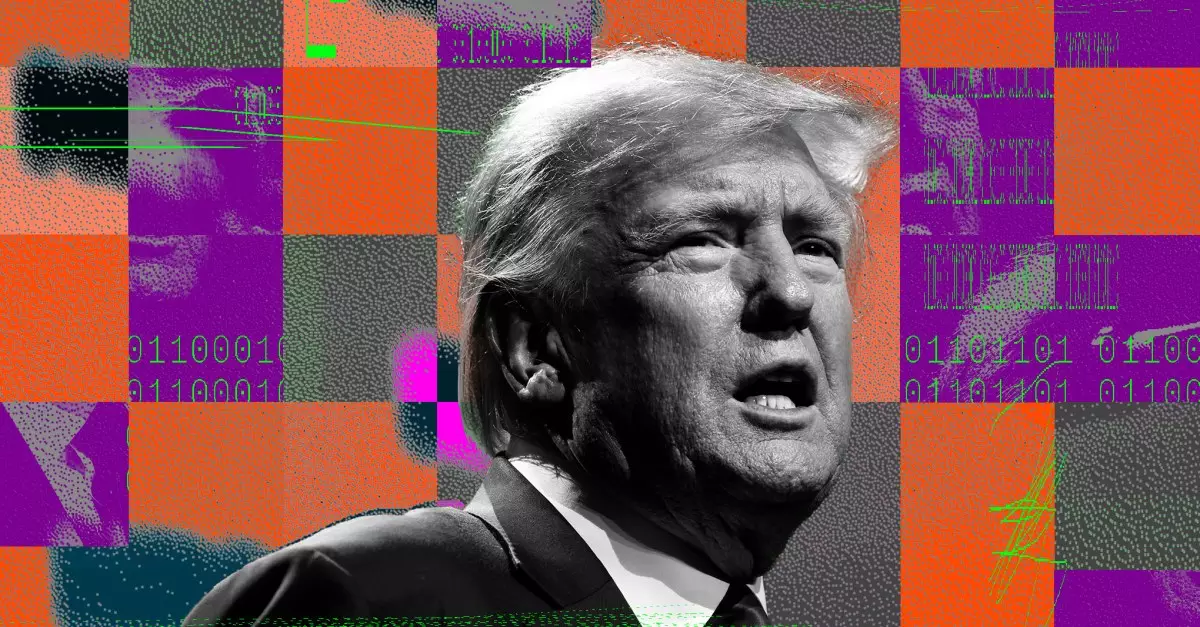When technology glitches occur during events of national importance, the immediate response often spirals into finger-pointing and public recriminations. This was conspicuously evident when President Donald Trump publicly criticized AT&T, accusing the company of being “totally unable to make their equipment work properly” during a major conference call with thousands of faith leaders. The incident drew attention not merely for the disruption itself but for the unfolding narrative about responsibility, accountability, and corporate communication in moments of crisis.
The Limits of Corporate Accountability
AT&T’s swift rebuttal, shifting blame onto the “conference call platform,” exposes a common tension in the tech and telecommunications world: the complexity of multi-layered service chains. The truth is, network operators like AT&T provide the infrastructure, but third-party platforms often handle the software side of conference calls. When problems arise, it becomes a challenge to identify whether the failure is hardware- or software-related. Yet, AT&T’s choice not to name the platform in question raises eyebrows and invites skepticism.
This evasiveness was notable as the company promptly communicated with the White House to investigate but remained vague in public statements. In crisis communication, transparency is often a key element of restoring trust. By withholding the name of the platform, AT&T both protects its partners and possibly deflects full responsibility, but it may also erode public confidence by appearing non-committal.
Political Implications Entwined with Technical Issues
The involvement of a sitting or former president amplifies the stakes. Trump’s appeal, describing the “Boss of AT&T” — an informal and rather imprecise title — highlights how deeply symbolic certain corporate figures have become in public discourse. When technology infrastructures fail, national leaders tend to personalize frustration towards recognizable figures or entities, expecting swift and high-profile resolutions. This incident reflects how technical hiccups in critical moments can quickly transform into political theater.
Moreover, the moment underscores the power of social media platforms like Truth Social and X as arenas where grievances are aired openly and rapidly, with little room for measured explanation before narratives take hold. Such environments pressure companies and institutions to respond quickly, sometimes at the expense of careful diagnosis.
Why Transparency Matters More Than Ever
The reluctance to identify the specific “conference call platform” responsible creates an information vacuum filled by speculation. While understandable to some extent because of partnerships and business sensitivities, the lack of clear attribution does little to aid affected users or the public in understanding the root cause. More importantly, it complicates efforts to prevent future disruptions.
From my perspective, companies such as AT&T need to adopt a more forthright approach, clearly detailing what went wrong and what steps are being taken to rectify it. Deflecting blame, especially in public forums, risks undermining long-term credibility. Technology failures in major events happen, but how organizations own up to them distinguishes mature, responsible entities from those merely seeking to manage optics.
Reassessing Expectations of Tech Giants
This episode also invites reflection on the unrealistic expectations placed on telecommunication giants. These companies operate complex, interdependent systems where multiple vendors collaborate. Holding a single company accountable oversimplifies reality and ignores the multilayered engineering ecosystems involved. A call for better industry-wide standards and greater transparency about third-party involvement might be the most constructive takeaway.
In essence, the AT&T-Trump conference call controversy is less about a singular failure and more about how both political actors and corporations navigate blame, transparency, and public perception when technology—intrinsic to modern communication—falters.

